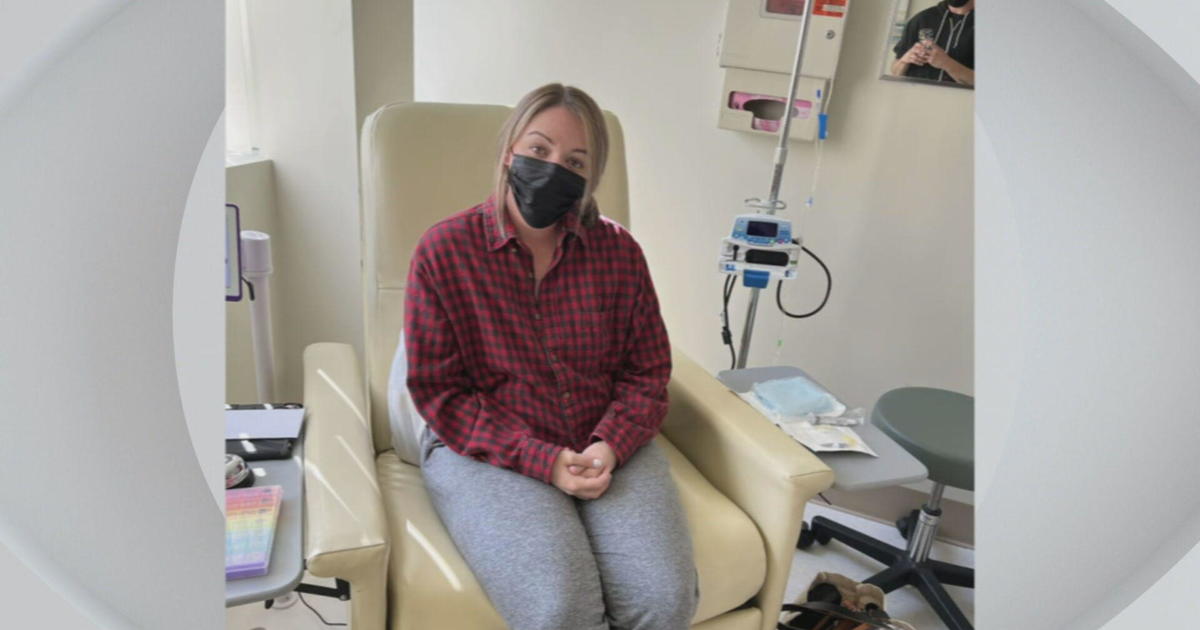Data Show Prevalence Of In-Home Transmission Among Massachusetts Coronavirus Clusters
(State House News Service) -- The overwhelming majority of COVID-19 cases that state public health officials linked to cluster outbreaks occurred at home rather than in schools, child care, or restaurants, according to data published Thursday.
Between Sept. 27 and Oct. 24, the Department of Public Health identified 2,945 new clusters -- where two or more infections stemmed from a common outbreak -- representing 8,208 confirmed cases of the highly infectious coronavirus.
More than 83 percent of those were deemed to be household exposure, meaning the transmission likely occurred between people who live at the same address and were not linked to a different type of cluster. Another roughly 7 percent of cluster cases were in long-term care facilities.
None of the other 21 setting categories -- including K-12 schools, restaurants and food courts, and retail and services -- represented even 2 percent of the total confirmed cluster infections over the roughly one-month span, though their shares could increase if close contacts to those who contracted the virus in turn fall ill.
With cases on the rise in Massachusetts and more than a third of cities and towns now in the highest risk category, Gov. Charlie Baker has not embraced calls to reimpose statewide restrictions on many businesses or shift more schools to remote learning, arguing that the new infections have come far more from unsafe individual behaviors than from public activity.
The trend in Thursday's data, the first week that officials published information on outbreak clusters, also held when counting clusters that started before Sept. 27 but might still be experiencing transmission.
Counting that broader field, which includes 9,391 total cases, about 79 percent are linked to households and 8.6 percent to long-term care.
While the cluster data appear to support Baker's assertion that schools, restaurants and other public settings are not primary drivers of viral spread, they capture only a slice of the statewide outlook.
The cluster cases between Sept. 27 and Oct. 24 represent slightly more than a third of total new infections the DPH recorded in that span, with the causes behind the remaining two-thirds less clear.
(© Copyright 2020 State House News Service)



